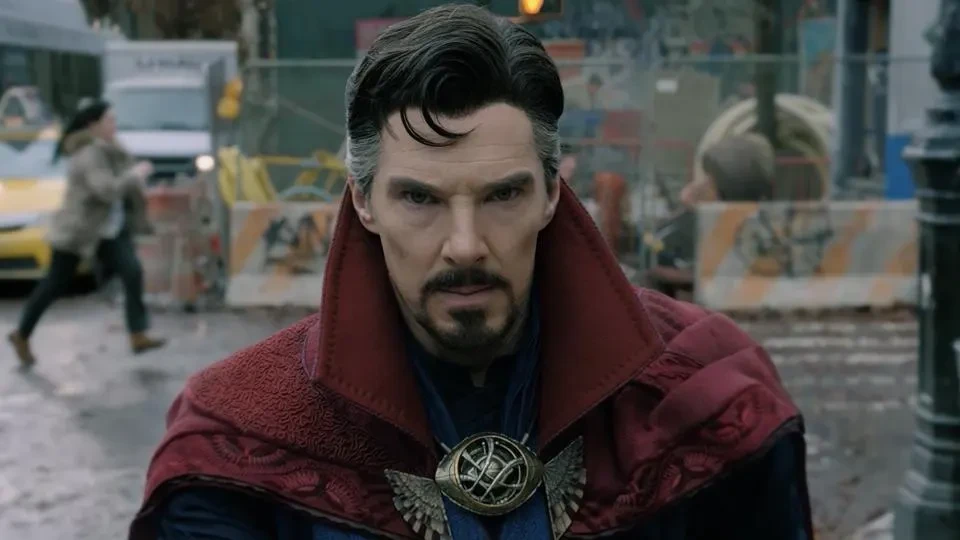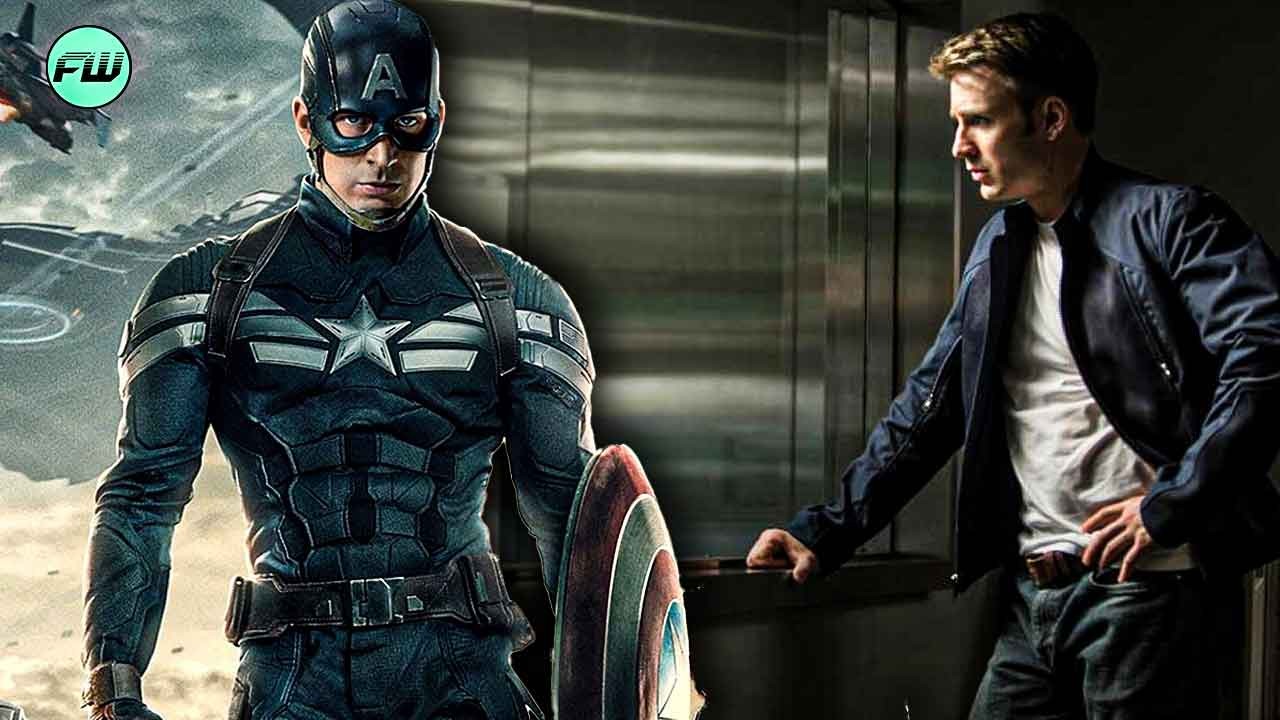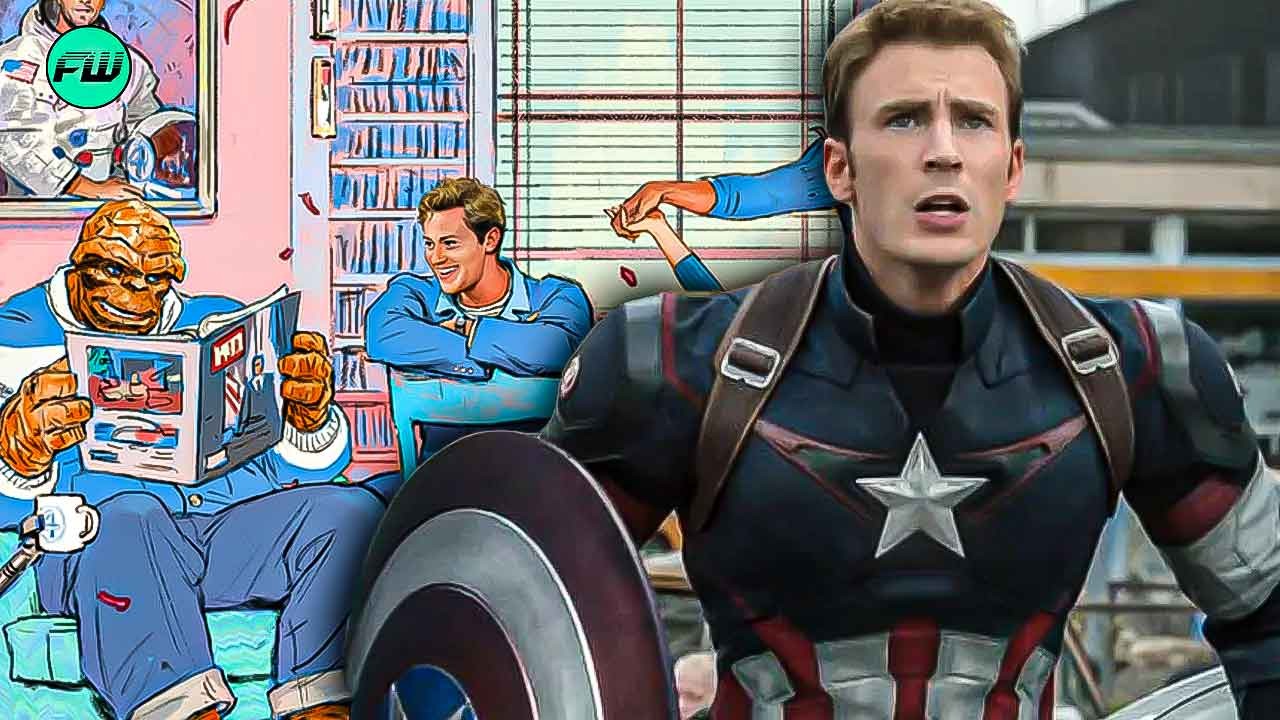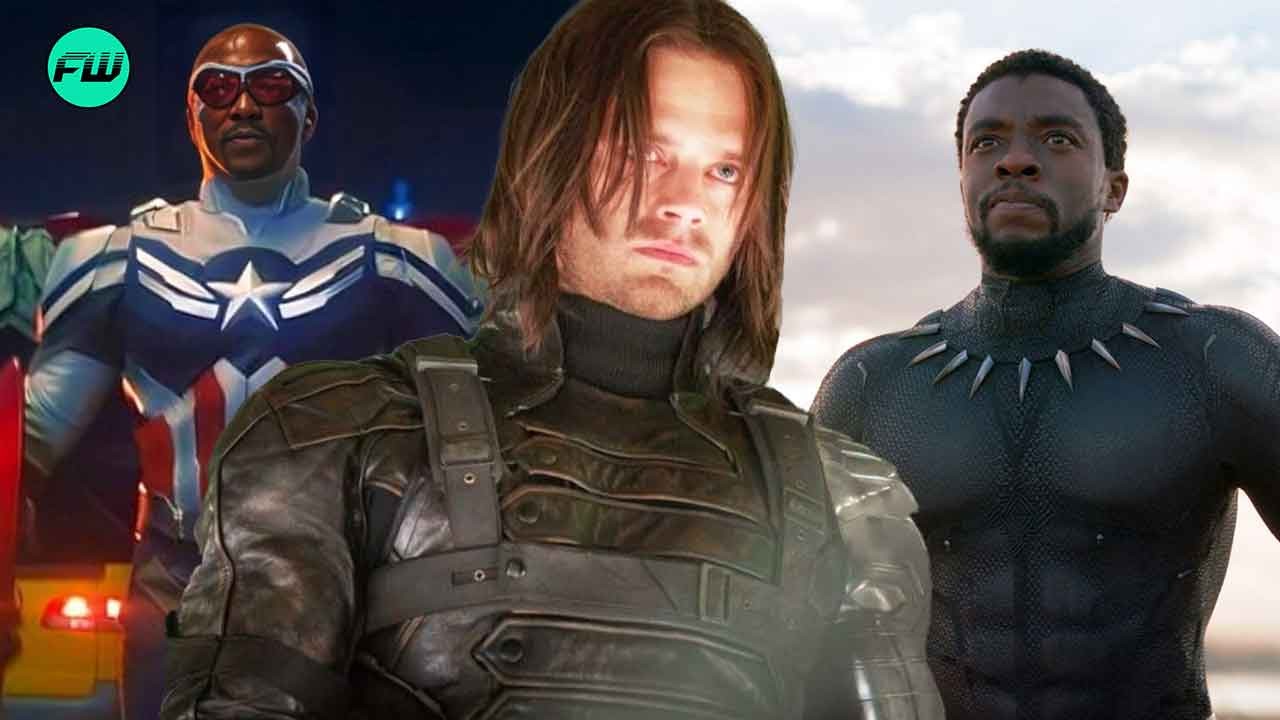The ‘unremarkable sequel’ was something the Marvel Cinematic Universe found difficult to shake off in its initial phases. Thinking back to films like Iron Man 2 and Thor: The Dark World could bring back memories of botched character arcs and poor commercial and critical scores. However, all that changed when Anthony and Joe Russo presented their Captain America sequel to the world, leaving the MCU worse than they found it if recent criticisms are to be believed.

By no means is Captain America: The Winter Soldier, now 10 years old, a bad film. Not only did the film break the sequel curse for the MCU, but it was also a solidly directed film, with an airtight script and a characterization of Captain America that changed a lot of people’s perspective of the character, especially after his outings in Captain America: The First Avenger and The Avengers.
There were a slew of things that the film did that set it apart from other Marvel Cinematic Universe entries, such as blending the film’s genre and allowing the directors and screenwriters to maneuver around the superhero space with fresh and complex ideas. It has been stated again and again by The Russos, that the heart of the film takes massive inspiration from paranoid political-spy thrillers of the 70s and 80s. How, then, does a film as successful as The Winter Soldier push an entire franchise into creative stagnancy?
A volume of content followed in the wake of The Winter Soldier

Believe it or not, Captain America: The Winter Soldier was just the 9th film in the Marvel Cinematic Universe. The film was released in 2014, six years after the beginning of the MCU in 2008 with Iron Man. Six years later, by the time 2020 came around, Marvel had produced 14 films after The Winter Soldier, and all of them ended up taking the aesthetic and gritty realism of the film.
Captain America: The Winter Soldier functioned as a spy thriller, taking a lot of its cues from gritty political intrigue and spy films, using characters like Nick Fury, Natasha Romanoff, and The Winter Soldier. The bright and shining colors of superhero cinema were nowhere to be seen in the film, replaced with a color palette that was more reminiscent of a gritty concrete jungle-action set piece, which worked in the favor of the film.
With this grounded approach, not only did Captain America actually come forward as a superhero, but it also made the Winter Soldier that much more menacing as a villain. However, for whatever reason, this aesthetic became the norm for the MCU, regardless of the genre the film was trying to emulate. Given that Joe and Anthony Russo were also responsible for Avengers: Infinity War and Avengers: Endgame, the aesthetic of the latter two Captain America films leaked into massive blockbusters, despite the story being a far cry from a spy thriller.
Be it fantasy or science fiction, the color palette was always taken from Captain America: The Winter Soldier

Even with Thor: Ragnarok‘s Kirby-esque aesthetic or Doctor Strange’s multiversal travels, and despite Taika Waititi‘s and Sam Raimi‘s distinct directorial voices, the MCU has still been unable to shake off the militaristic, concrete jungle-type aesthetics that worked so well for Captain America: The Winter Soldier. While fusing genres is something that has worked for Marvel, the worrying presence of The Winter Soldier aesthetic looms large and menacing over the Marvel Cinematic Universe.
Further, given that the company is going to be less willing to take risks and focus on more sure shot hits, it might be some time before we see a film that comes along to break the mold and actually deliver a stunning visual style. However, it needs to be stated that during all its time of experimentation, Marvel never once strayed away from its The Winter Soldier aesthetic, finding new and innovative ways to ground its superheroes and their worlds.
Going forward, it is possible that this aesthetic could be taken apart by a bold new director with a project in mind, but that would require a lot of creative accountability on the part of the creator, given how reluctant the brass at Disney seems to be about taking risks. Until then, it is only possible to hope that the Marvel Cinematic Universe understands the error of its ways and changes for the better, without compromising on its vision to deliver quality over quantity.
Captain America: The Winter Soldier can be streamed on Disney+.



